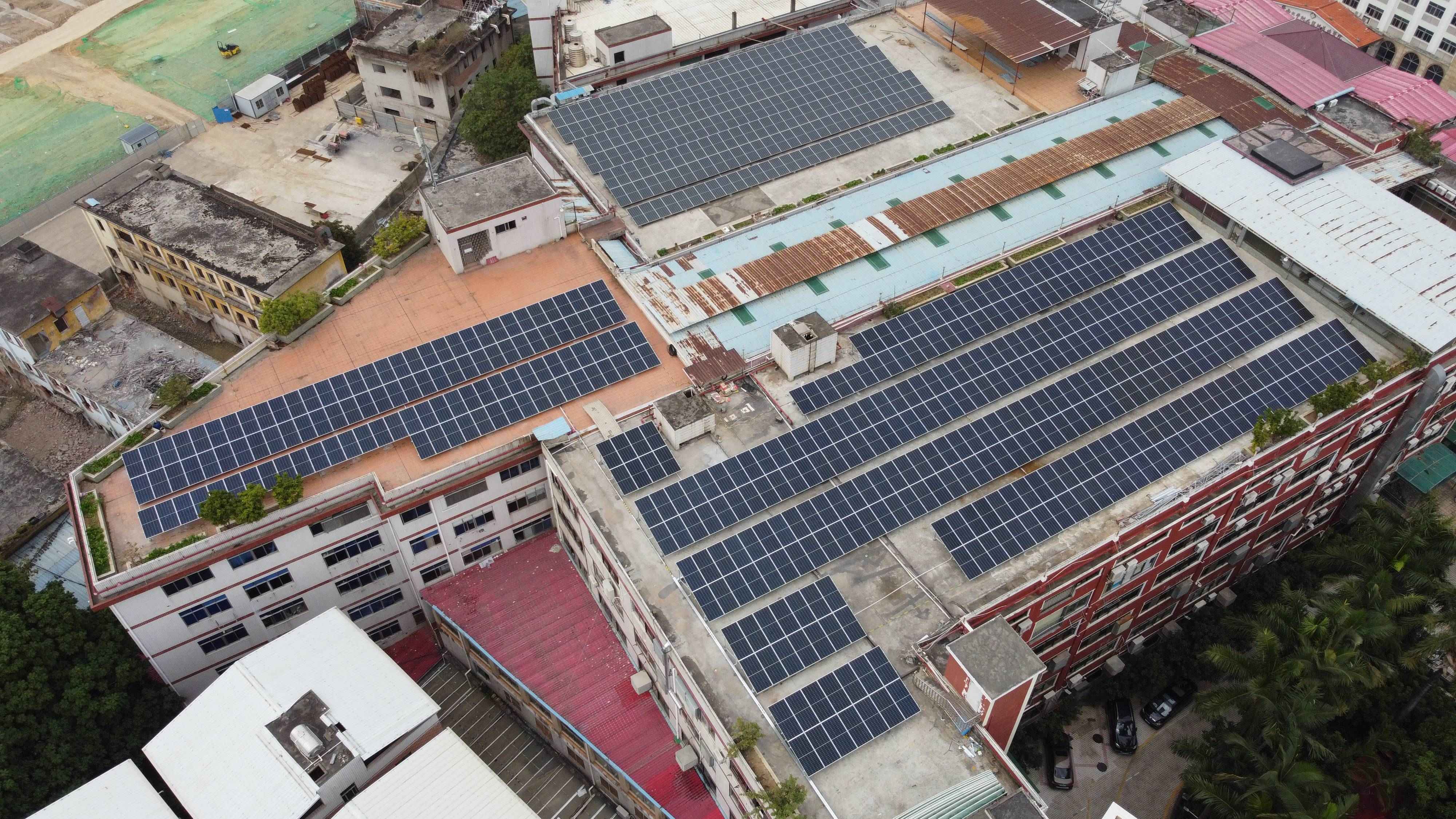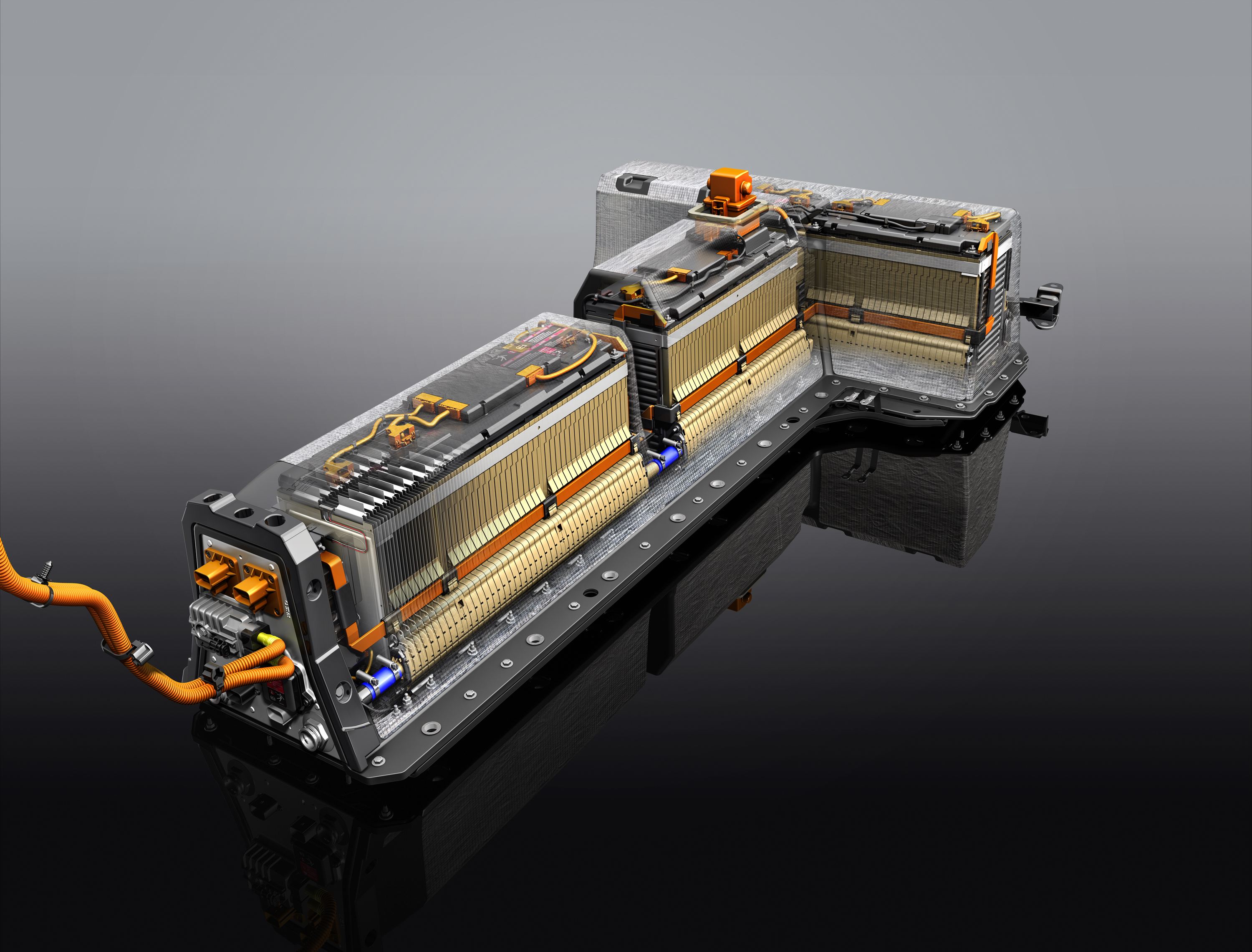
12 月 . 13, 2023 09:19 Back to list
Energy storage application scenaris
Energy storage applications can be divided into three major scenarios: power generation side,transmission and distribution side,and user side.These scenarios can further be categorized based on energy-based demand and power-based demand.Energy-based requirements,such as energy time shift,prioritize longer discharge times and do not have strict response time requirements.On the other hand,power-based requirements,like system frequency regulation,require fast response capabilities but shorter discharge times.It is important to analyze the specific needs in each scenario to identify the most suitable energy storage technology.
Starting with the power generation side,energy storage is used to meet various demand scenarios.These include energy time shift,capacity units,load tracking,system frequency regulation,reserve capacity,and renewable energy grid connection.Energy time shift involves charging the battery during low load periods and releasing the stored power during peak electric load periods.This is helpful in peak load shaving and valley filling.It is also used to store renewable energy and balance the grid connection over different periods.Capacity units,on the other hand,focus on reserving a certain amount of power generation capacity to meet peak load requirements.This helps improve the utilization rate and economic performance of thermal power units.

Load tracking is an auxiliary service that adjusts slowly changing loads in real-time.This is mainly used for ramp loads,minimizing the ramp rate of traditional energy units.System frequency regulation is crucial for maintaining safe and efficient operation of power generation and electrical equipment.Traditional energy sources have limitations in responding to grid dispatching instructions,while energy storage,especially electrochemical energy storage,offers fast frequency modulation speed.Reserve capacity refers to the active power reserve that ensures power quality and system stability during emergencies.The annual operating frequency is generally low for reserve capacity applications.Finally,renewable energy grid connection involves addressing the intermittent and random characteristics of renewable energy sources,such as wind and solar power.This includes energy time shifting,power generation capacity solidification,and output smoothing.
Moving on to the transmission and distribution side,energy storage applications focus on alleviating congestion,delaying the expansion of equipment,and supporting reactive power.Alleviating transmission and distribution congestion involves storing untransmitted power during line congestion and discharging it when the load is lower than the line capacity.This helps balance the supply and demand and requires a discharge time of around an hour.Delaying the expansion of power transmission and distribution equipment relies on energy storage systems to improve the capabilities of the power grid without the need for new facilities.The operating frequency is lower compared to congestion alleviation.Reactive power support regulates transmission voltage by injecting or absorbing reactive power on transmission and distribution lines.This ensures grid stability and power quality.

Lastly,on the user side,energy storage applications focus on time-of-use electricity price management,capacity fee management,improving power quality,and enhancing power supply reliability.User time-of-use electricity price management adjusts power load based on the time-of-use electricity price system,while capacity fee management reduces maximum power consumption to reduce costs.Energy storage systems help users store energy during low power consumption periods and discharge it during peak periods.This helps reduce overall load and capacity costs.Improving power quality is achieved through smoothing voltage and frequency fluctuations,especially in distributed photovoltaic systems.Finally,energy storage improves power supply reliability by ensuring uninterrupted power supply during outages.
In conclusion,energy storage technology offers various application scenarios in the power generation side,transmission and distribution side,and user side.In each scenario,the specific needs must be analyzed to determine the most suitable energy storage technology.Whether it is energy time shift,capacity units,load tracking,system frequency regulation,reserve capacity,or renewable energy grid connection,energy storage plays a critical role in optimizing power system operations,improving power quality,and enhancing reliability.
Related products:
Self-Cooling-PW-164 Outdoor Distributed Energy Storage Cabinet- Power Type
Will be removed if infringing
Reference website:https://www.escn.com.cn
-
Unraveling the Power of EMS Energy Management Systems
NewsOct.23,2024
-
Unleashing the Potential of Power System Management and Smart Energy Solutions
NewsOct.23,2024
-
Smart Energy Mastery: Unleashing the Power of Controls
NewsOct.23,2024
-
Smart Energy Management: Unleashing the Power of Energy Management Systems and BMS Energy
NewsOct.23,2024
-
Powering Progress: ADMS, Intelligent Management & More
NewsOct.23,2024
-
Energizing the Future: Devices, Smart Management & Savings
NewsOct.23,2024


